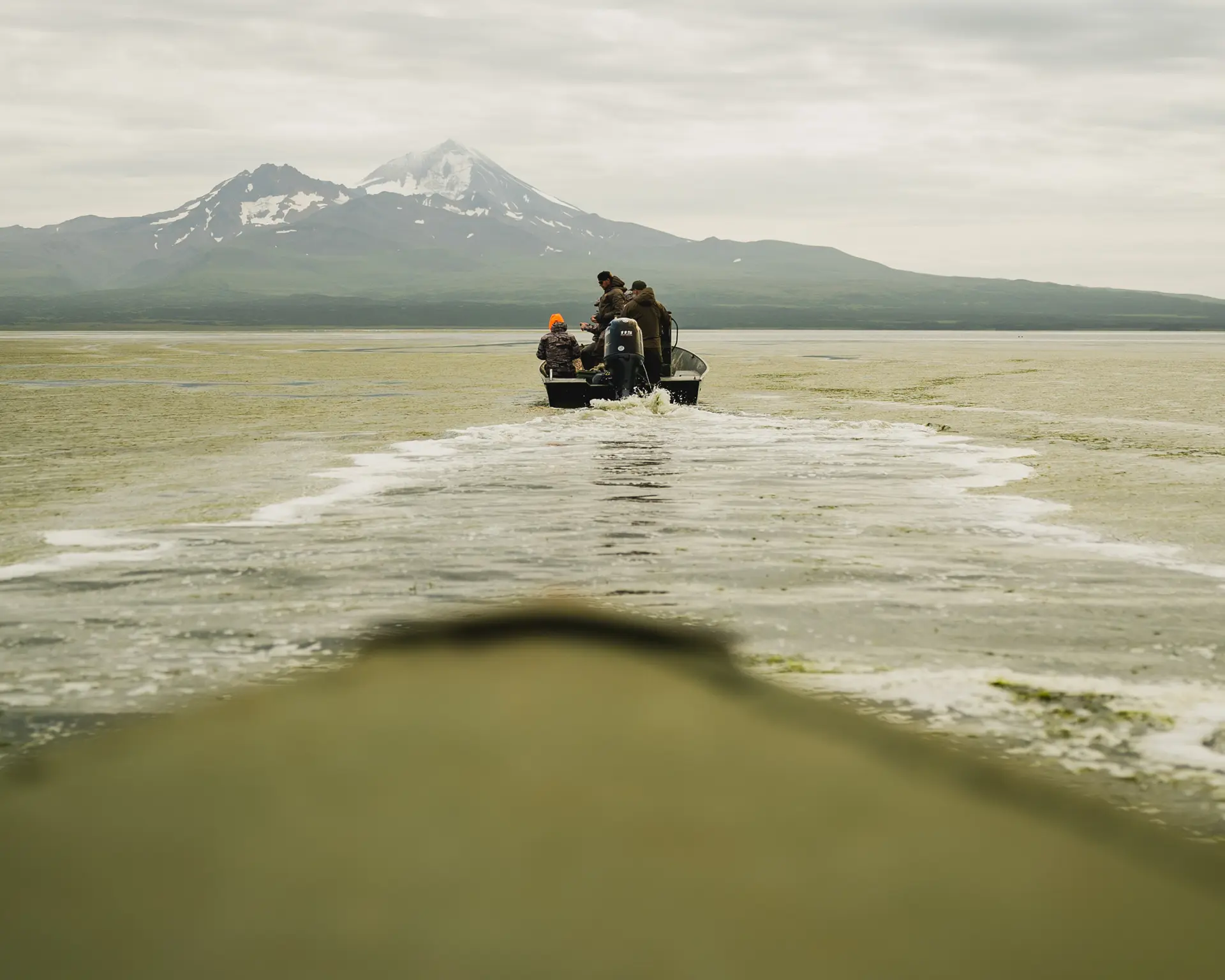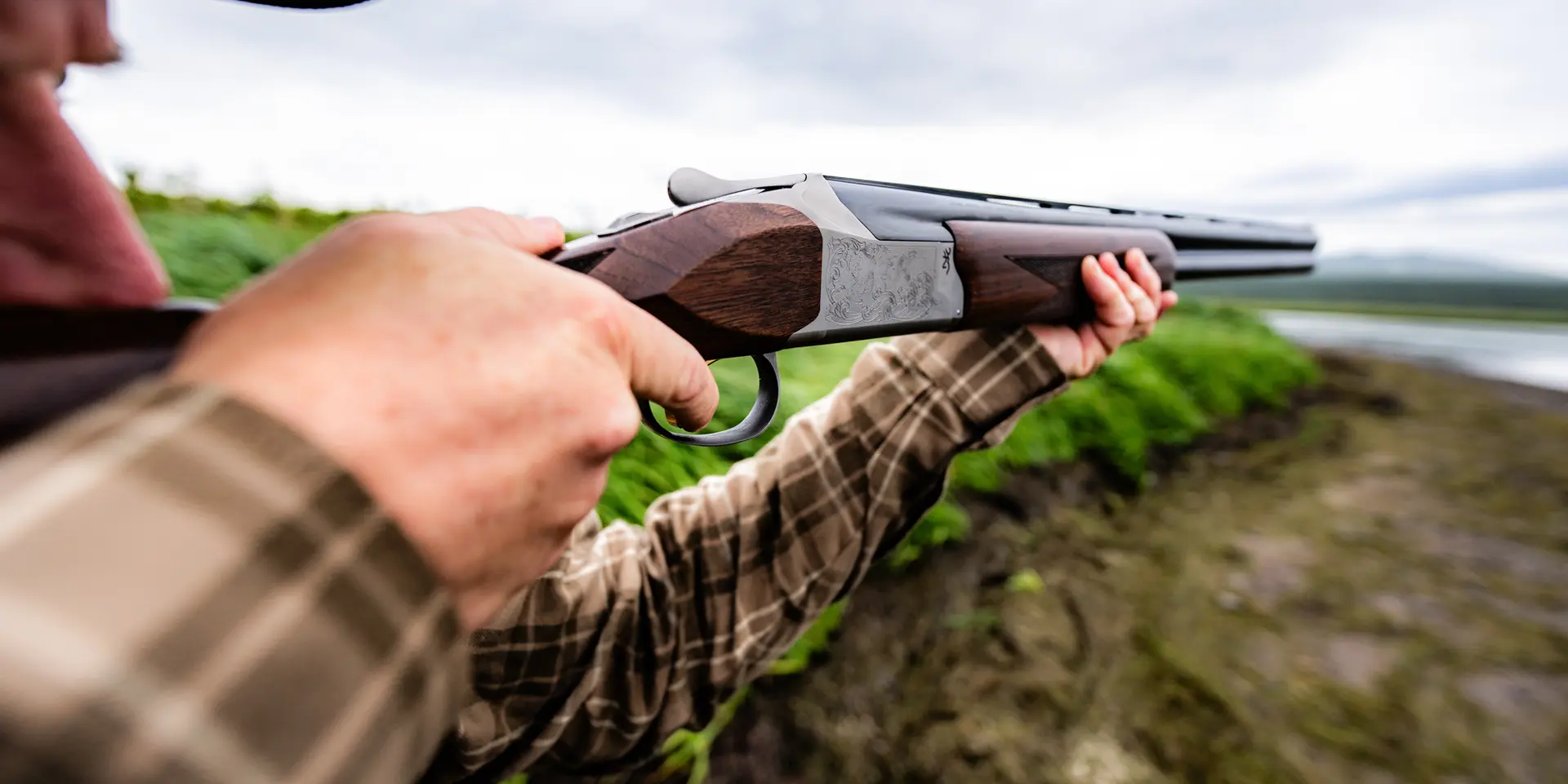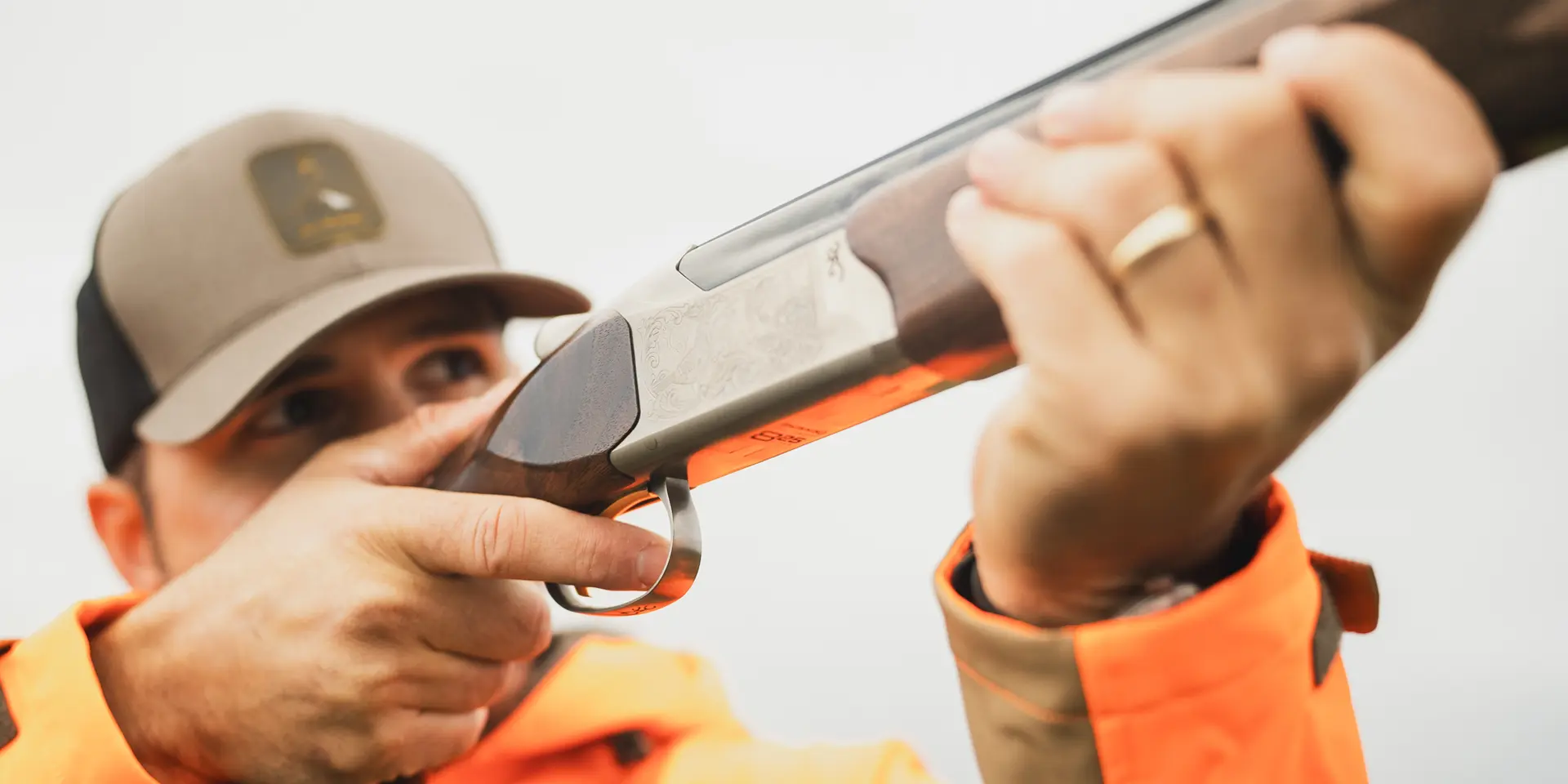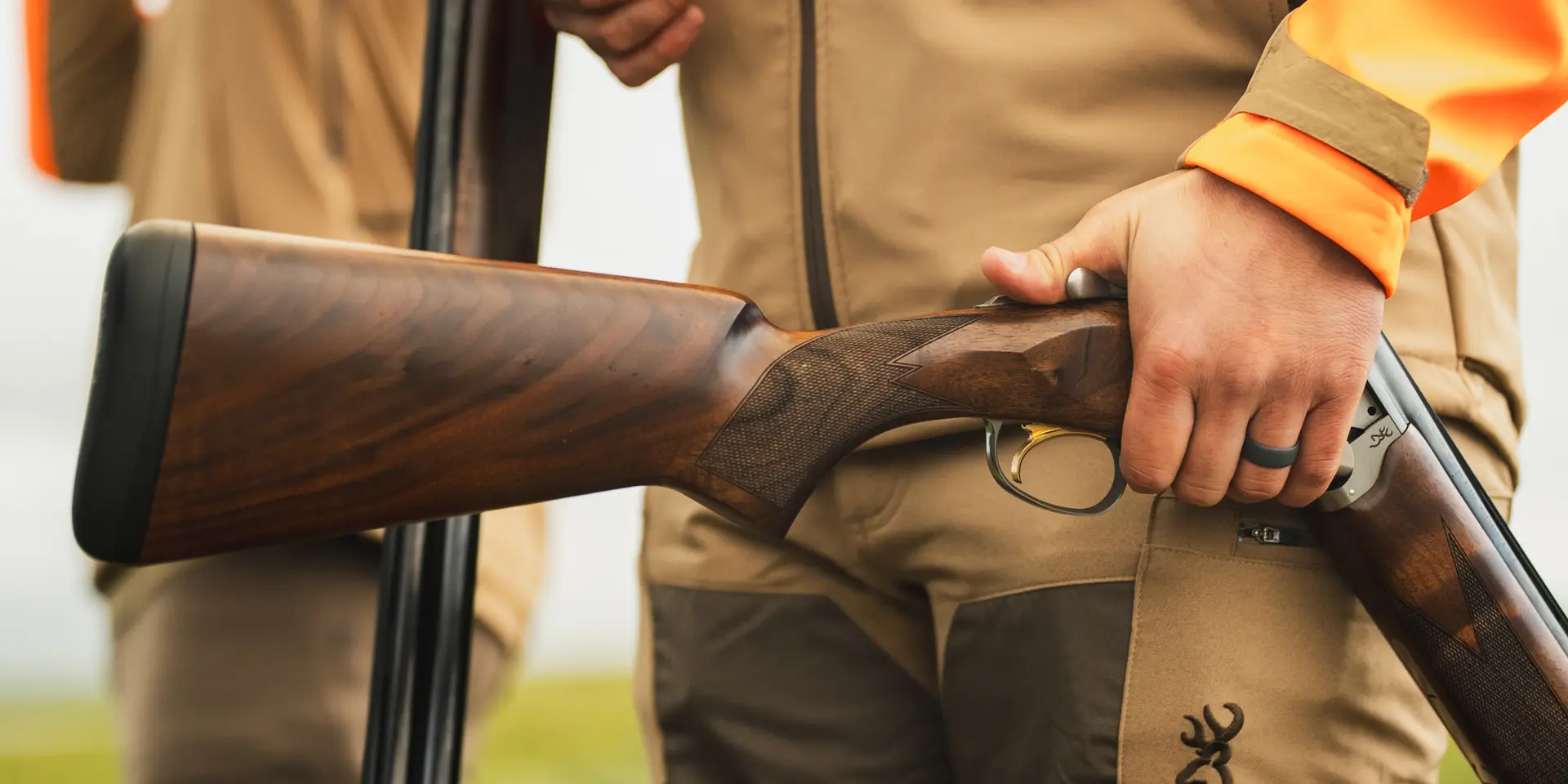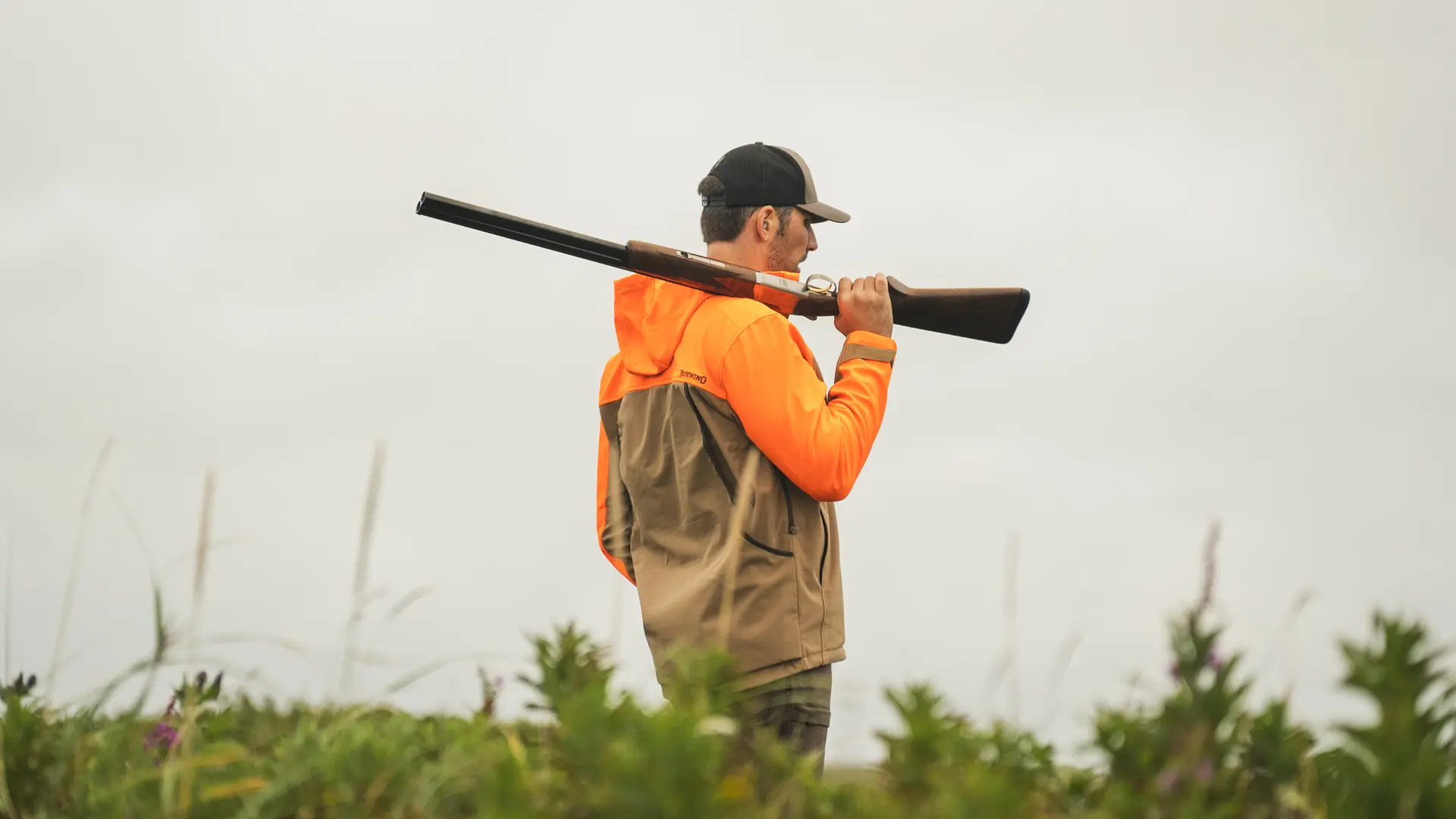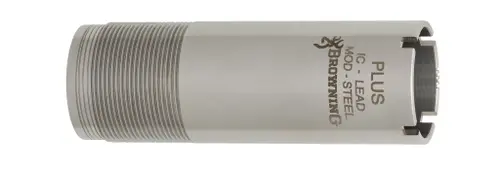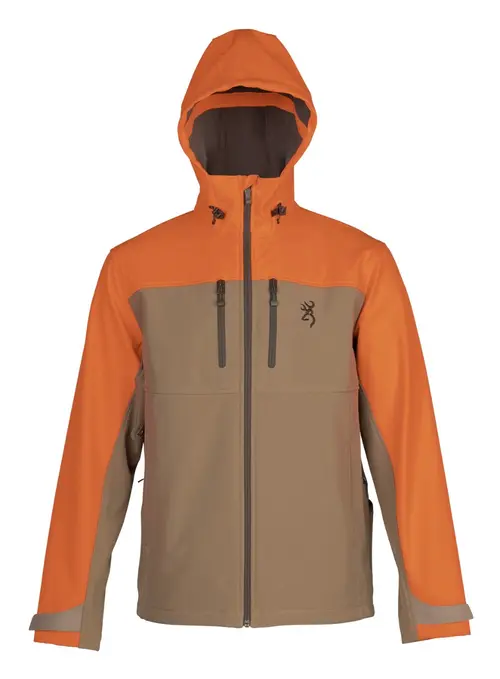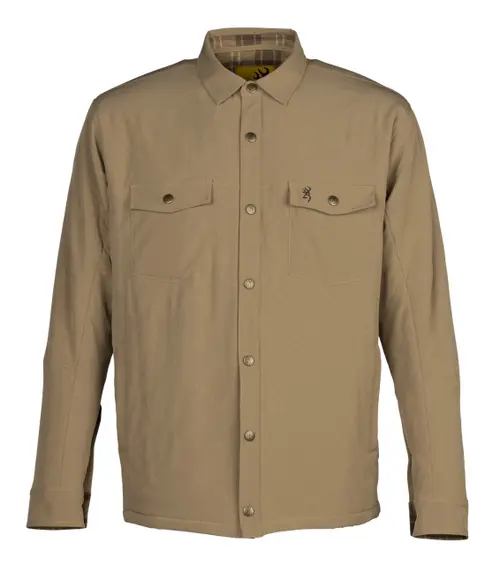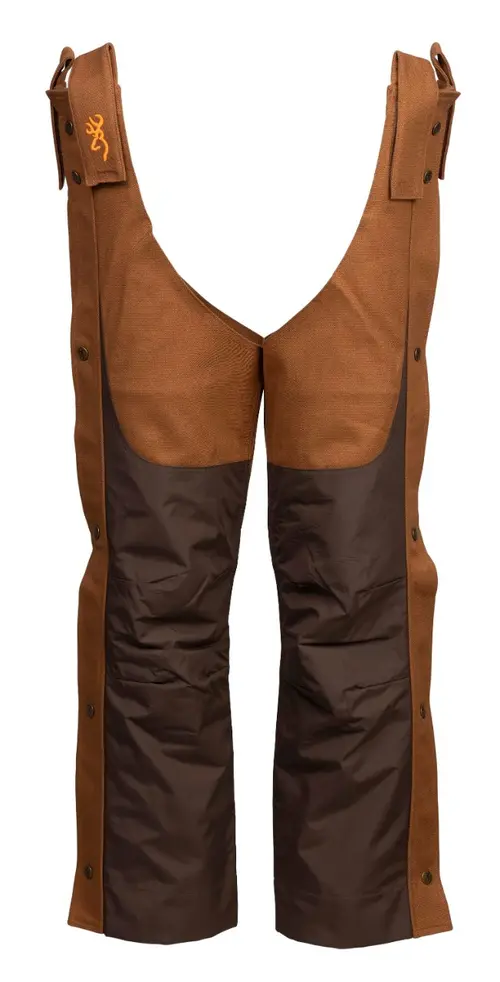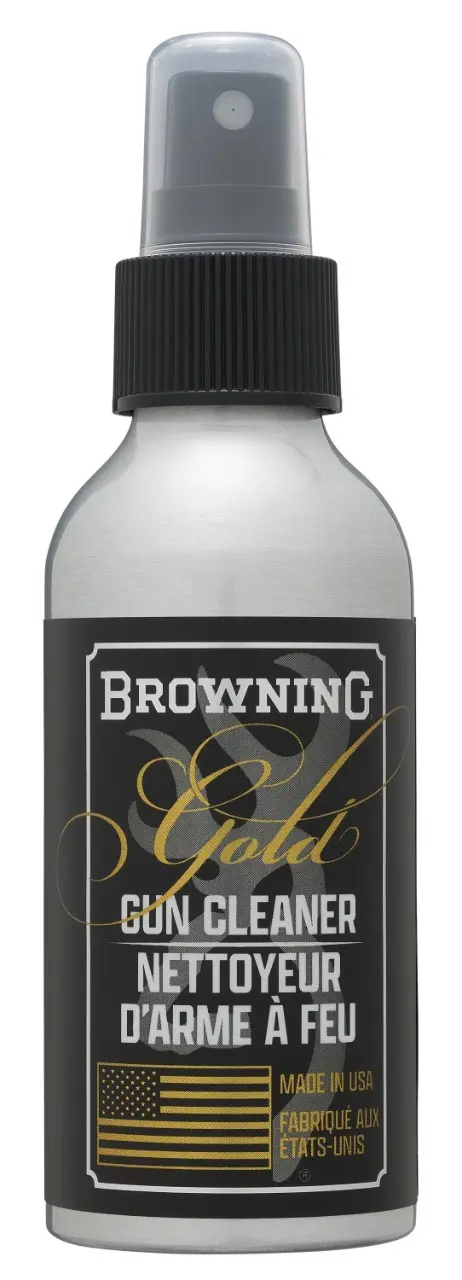Browning’s Citori 825 Field
Browning’s Citori 825 Field
Published on October 25th, 2024 By: Jace Bauserman
Cold Bay, Alaska, is a unique location. Technically, the landscape surrounding the small village is the last of the Alaska mainland before the Aleutian Chain. The last census was conducted in 2020 and revealed that 50 souls call the town home. A pair of active volcanoes line the landscape to the southwest. To the north is Izembek Lagoon, which lies between the Bering Sea and the Gulf of Alaska. The Lagoon harbors the world’s largest eelgrass beds, which attract hundreds of thousands of waterfowl. The weather is typically wet and stormy.
Why do you need to know this?
Browning could have chosen multiple locations and various species to conduct a field test on its all-new Citori 825 Field, but it picked Cold Bay as the testing grounds.
“I wanted the shotgun to get field experience from several shooters in harsh conditions,” said Browning’s Director of Marketing and Communications, Rafe Nielsen. “Cold Bay is a wet, damp environment. I wanted our new Citori 825 Field exposed to rain, mud, salt water, etc. I knew the shotguns would get carried miles across the tundra. I knew they would go on boat rides. If you’re going to conduct an actual field test to prove that a new shotgun is field-worthy, I figured this would be the location to do it.”
“Plus, I know Cold Bay is a world-renowned waterfowl location. However, it’s also a ptarmigan-rich area, and I wanted high-volume shooting in less-than-optimal weather conditions.”
Nielsen was right. Over six days of hunting, I carried my Citori 825 Field over miles of wet, soft, spongy tundra. I saw the sun twice. The shotgun went on a boat ride across a section of the Bering Sea. The gun got wet. It got muddy. I fell twice, and the shotgun hit the ground both times. Slips and trips happen when you hunt hard in harsh terrain. Once, while sliding down a mountain slope on my butt to retrieve a ptarmigan, my right foot caught a log; I spun and somehow filled both barrels with mud. After removing both shotshells, clearing the bores, and inspecting the gun, I resumed the hunt. Minutes later, I pulled a ptarmigan double. Not once did I or any other hunter in the camp experience any mechanical failure. Aside from doing our due diligence each time we returned to the lodge, wiping the gun down with a rag and a little oil, all we did was take the shotguns off the rack each day and go kill birds with them.
Hunting With the Citori 825 Field
Hunting With the Citori 825 Field
I’ve amassed many dove and quail limits with multiple Citori 725 models in various gauges. I felt nostalgic as I set out across the tundra the first morning. The 825 Field carried like the 725, only better. It felt balanced and deadly. When the first covey flushed, my cheek hit the stock, eye-to-rib alignment was perfect, and my eye went straight down the raised rib to the single ivory bead sight. The raised pyramid-style safety/selector was quickly found and slid forward without friction. The shotgun swung like a dream, and a bird fell when the mechanical Fire Lite 2 Trigger broke for the first time. Because the recoil was light, even though I was shooting a high-brass 2-3/4-inch steel shotshell in #6 (steel is required in Alaska), I quickly resumed my left swing and crumbled another bird. Instinctively, I thumbed the top lever, and the dual ejectors sent the spent hulls flying. I dropped two more Winchester 12 Gauge Xpert Game & Target #6s in, and the lockup was smooth and tight.
That was the story every time I shouldered Browning’s shiny new penny. In the first two days of hunting, I filled two 10-bird limits. Did I miss some birds? Of course. However, misses were few and far between. With an Invector-DS improved cylinder choke in the bottom barrel and a modified in the top, Browning’s Total Barrel Dynamics, and 50/50 POI (Point of Impact) proved ultra-effective.
Total Barrel Dynamics consists of three components: Vector Pro lengthened forcing cones, Back-Bored Technology, and the aforementioned Invector-DS choke system.
Vector Pro extends the taper of the forcing cone to reduce pressure on the shot as it passes into the bore, minimizing pellet deformation for fewer flyers and ensuring more pellets are in the center of the pattern. Backbored Technology then takes over, enlarging the bore diameter to its maximum allowable specification to reduce friction between the shot cup and the barrel and allow pellets to travel at higher velocities. Invector-DS completes the puzzle with the longer taper of the tube giving you the pattern you need. Add in the 50/50 POI that puts 50 percent of the pattern above and 50 percent below the target and it’s a deadly combination that produces more pellets on target, which means more dead birds.
What Lead to the Limits?
What Lead to the Limits?
I could sum up this headline with a single word: Shootability. However, multiple features make this stunning gloss oil finish Grade II/III walnut stock with game-scene engraving on the silver nitride receiver a standout shooter.
The Fire Lite 2 Mechanical Trigger’s higher pivot point ensures a crisp pull and a more reliable trigger reset. The advantage of a mechanical trigger design is that if the first shot doesn’t go off (bad ammo, light primer strike, etc.), the second barrel will fire with a second pull. An inertia trigger will only reset based on the first shot’s recoil. If there is no recoil, executing a second shot without opening the action is impossible.
The lower-profile receiver is a win, placing the top barrel lower for improved recoil control. It also sports sharp, modern lines, is machined from steel, and is protected with an impenetrable silver nitride finish that will resist natural wear and tear. The 825’s receiver also sports a blended-in curvature look in the metal-to-forearm connection rather than the signature H-shape of the 725. The shotgun’s safety/selector also got a slight redesign to maximize functionality. This is that pyramid-style shape I referred to earlier in the article.
Browning slimmed down the top lever for enhanced ergonomics and beefed up the forearm latch to make it easier to remove from the forearm. The forearm is long and gridded, allowing the shooter to slide their hand further out to ensure better balance and a smoother swing.
The Inflex II Recoil Pad soaks up recoil using directional deflection. When the trigger is pulled on Citori 825 Field, the pad collapses and directional ribs in the pad pull the comb down and away from the face to further reduce the sensation of felt recoil. This allows the shooter to make quicker follow-up shots and pull more doubles if the first bird gets puffed.
Currently, Browning offers eight new Citori 825 models, but the family will likely grow. If you’re in the market for a new field companion that shoots as good as it looks and promises reliability season after season, the Citori 825 Field should top your list.
Final Thoughts
Final Thoughts
Browning doesn’t need to reinvent the over/under wheel. It invented the wheel. The manufacturer’s over/under roots date back to John M. Browning’s Superposed – the first commercially successful stack barrel shotgun. The Citori 825 Field is simply the next evolution in Browning’s impressive over/under line, and it’s ready to dominate the field and the range.




